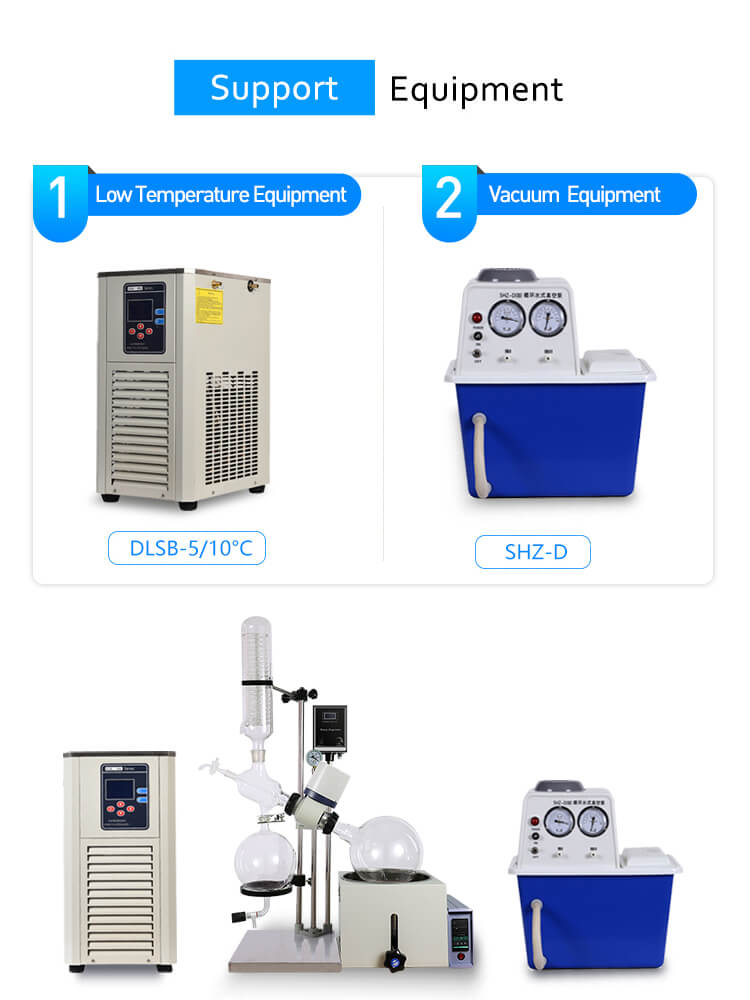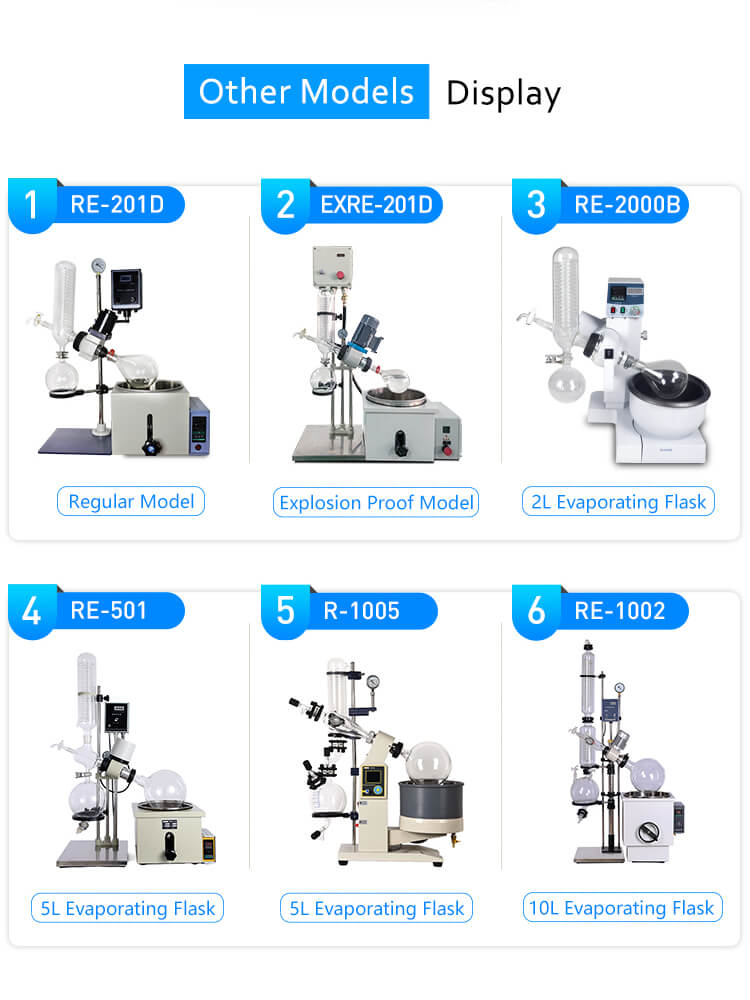Rotary evaporators, commonly used in laboratories, play a crucial role in the efficient removal of solvents from samples. The process involves the precise heating and rotation of a flask containing the solvent, under a reduced pressure environment. This combination of heat and reduced pressure accelerates the evaporation of the solvent.
The Science Behind Rotary Evaporation
Understanding the science behind a large scale rotary evaporator‘s function is key. The process relies on the principle that lowering the pressure above a liquid reduces its boiling point. Therefore, in a rotary evaporator system, when the pressure is reduced, the solvent can be vaporized at a lower temperature than its standard boiling point.

The Role of Vacuum in Solvent Removal
A vacuum pump is an integral component of the rotary evaporator. It creates a reduced pressure environment within the system, essential for lowering the boiling point of the solvent. This reduced pressure allows for the gentle and efficient removal of solvents without the need for high temperatures, which might otherwise degrade sensitive compounds in the sample.
Heating’s Impact on Evaporation
The heating bath is another crucial element. It provides the heat necessary to increase the solvent’s vapor pressure, pushing it into the vapor phase. The careful control of the bath temperature is vital to ensure efficient evaporation without overheating the sample.

The Flask’s Rotation: Enhancing Efficiency
The rotation of the flask serves a dual purpose. Firstly, it creates a thin film of the solvent over the surface of the flask, which increases the surface area for evaporation. Secondly, it ensures uniform heating of the solvent, contributing to a more efficient and consistent evaporation process.
The Condensation Process
Once vaporized, the solvent vapors are directed into a condenser, where they are cooled and converted back into liquid form. This liquid, now free from the sample, is collected in a separate flask, effectively separating the solvent from the original mixture.

The Role of the Collection Flask
The collection flask is the final stop for the condensed solvent. This flask, positioned strategically to ensure the efficient capture of the solvent, separates the pure solvent from the sample, concluding the evaporation process.
Rotary evaporators are sophisticated instruments designed to efficiently remove solvents from samples. Through a combination of reduced pressure, controlled heating, and mechanical rotation, they achieve this goal without compromising the integrity of the sample. Companies like FBL Machinery and Instrument Equipment Co.,Ltd., with our expertise and experience in manufacturing high-quality laboratory equipment, provide reliable and efficient rotary evaporators suitable for various applications.

For more information or to explore the range of products, visit FBL’s website or contact our professional team for guidance and support in selecting the perfect equipment for your laboratory needs. Remember, the right equipment is crucial for achieving optimal results in your scientific endeavors.
